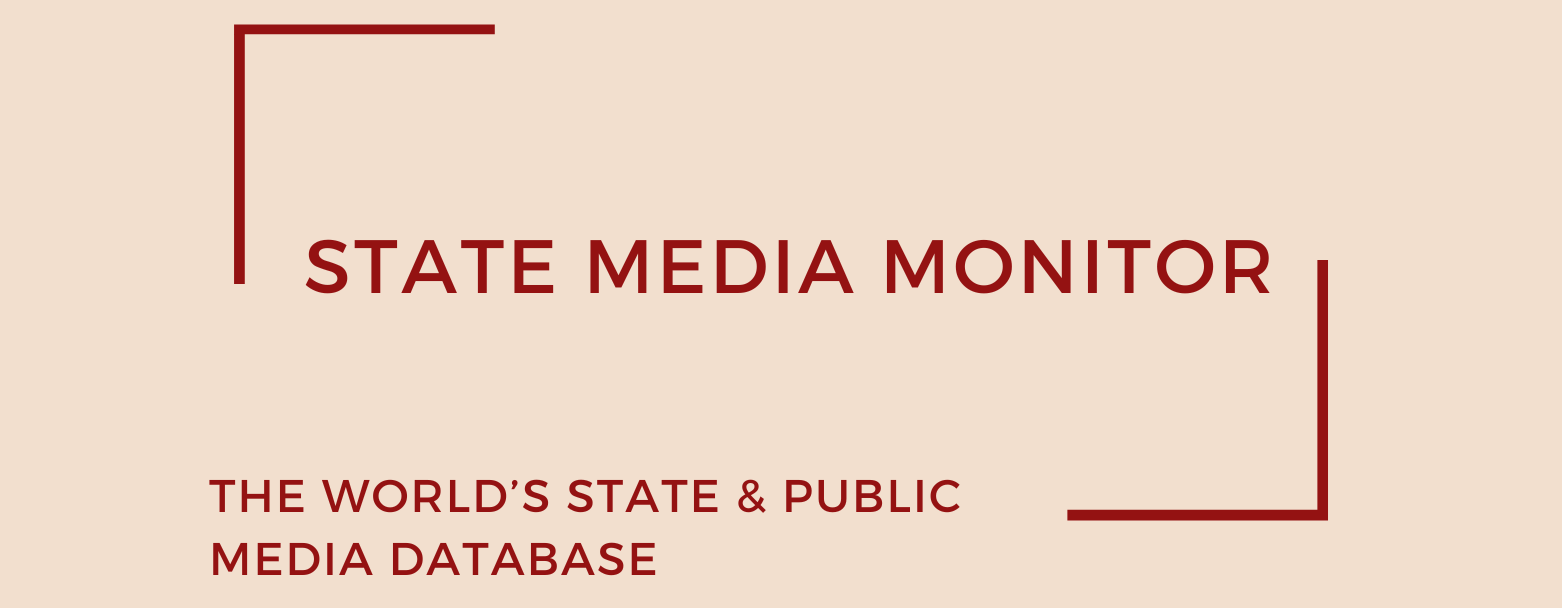Al Jazeera Media Network (AJMN)
Founded in 1996 as Qatar’s answer to the void left by the BBC Arabic service, Al Jazeera Arabic quickly transformed from a pioneering satellite broadcaster into a global media behemoth. Today, AJMN’s portfolio encompasses: AJ+ (digital-first news in multiple languages), Al Jazeera Arabic (flagship channel), Al Jazeera English (international service), Al Jazeera Balkans (Bosnian, Croatian, Serbian from Sarajevo), Al Jazeera Documentary, and Al Jazeera Mubasher (live politics, akin to C‑SPAN).
While Al Jazeera America briefly aired between 2013–2016, it has since been shuttered. The network commands a presence in over 150 countries, reaching an estimated global audience of 430 million, supported by approximately 70 bureaus worldwide.
The owner in Doha ordered the cessation of AJB’s broadcasts, citing changed economic and organizational context.
Media assets
Television: Al Jazeera Arabic, Al Jazeera English, Al Jazeera Mubasher, Al Jazeera Documentary Channel, AJ+
State Media Matrix Typology
Ownership and governance
AJMN operates under Qatari law as a “private foundation for public benefit”, a status restructured in 2011 to facilitate both state backing and a semblance of institutional autonomy. Despite this, corporate filings in various countries reveal that the network remains under full ownership of the Emir of Qatar, Sheikh Tamim bin Hamad Al Thani, with board appointments made by the Council of Ministers and ratified by the Emir.
The Chairman of the Board remains Sheikh Hamad bin Thamer Al Thani, who also presides over other state-aligned media such as QMC, keeping his position since the network’s highest governance restructure. The Director General in mid-2025 is Mostefa Souag.
Under its constitution, AJMN enjoys freedom to receive designated funding via government allocation, while also generating income through commercial streams centralized by its leadership.
Source of funding and budget
AJMN was founded with an initial QAR 500 million (approx. US $137 million) loan from Emir Hamad bin Khalifa, intended to sustain operations during its formative years.
The network does not publicly release detailed financial accounts, but independent assessments and internal sources point to a hybrid funding structure comprising: State allocations (often exceeding 90% of total finance, according to external sources), advertising revenues, cable/subscription fees, and sale of footage and broadcast rights. AJMN employs nearly 3,000–3,700 staff globally.
Editorial independence
Despite various internal rules aimed at establishing the network’s editorial objectivity and independence, there is abundant evidence that the editorial line of Al Jazeera is strongly influenced by the government. Experts in Doha say that the channel cannot escape what RSF has called the “draconian system of censorship” instituted in the emirate.
However, the station is also known for its intrepid reporting, especially its content targeting foreign audiences. Thus, regarding international reporting or coverage of the Middle East region for its English-language service, Al Jazeera is often praised as a “household name.” For example, much of Al Jazeera’s London station’s valiant reporting (sometimes almost aggressive) has often irked Arab governments.
The same policy is not applied when it comes to coverage for local audiences in Qatar or criticism of Qatar’s ruling elite, which is completely banned on the network: “Al Jazeera Arabic can be outspoken on subjects deemed sensitive in the region. However, the Qatari media observe strict self-censorship on domestic coverage and avoid criticizing the state or government. ‘The government, the royal family, and Islam are off limits to reporters,’ says Reporters Without Borders.” There are some examples of critical reporting about the Qatari authorities on Al Jazeera, albeit this only happens on the non-Arabic media outlets of the group.
At the same time, the Emir of Qatar frequently uses the broadcaster as a tool to promote the country’s foreign policy objectives.
There is no domestic statute that would establish the independence of Al Jazeera. The station has a set of editorial norms and standards that are supposed to guide the journalists working with the channel. While these norms are useful guiding principles for the outlet’s journalists and are sometimes enforced, they do not represent a guarantee of the station’s editorial independence. A 2021 academic paper showed that Al Jazeera Arabic (AJA) has a set of unwritten and implicit guidelines that shape its editorial coverage (by the Qatari government). Al Jazeera English (AJE) has developed its own internal editorial guidelines to ensure its independence.
Al Jazeera has a Quality Assurance Department, the work of which was started in 2004. The department’s tasks are to define standards, monitor output, and ensure that Al Jazeera complies with editorial policies and the high international journalistic standards. Promoted to the rank of Directorate in 2012, the unit investigates matters of accuracy, fairness, balance, and taste in Al Jazeera’s coverage, making recommendations to the station’s management to improve the station’s content. However, that doesn’t fully qualify as a publicly accountable, independent oversight mechanism.
Al Jazeera’s management claims that the station is editorially independent. In a study released on the network’s website, the company states that “from a financial and administrative standpoint,” the broadcaster “was very close to the Qatari government” between its launch in 1996 and until 2011, when the chain changed its status. During that period, the company’s management had to report to the Council of Ministers, an obligation dropped in 2011. Since that year, AJMN only has to report to the organization’s founder.
Based on the evidence so far and given the network’s lack of transparency over its finances, we maintain the AJMN in the State-Controlled category of the State Media Matrix. Our analysis of the broadcaster’s performance is ongoing.
July 2025
Citation (cite the article/profile as part of):
Dragomir, M. (2025). State Media Monitor Global Dataset 2025.
Media and Journalism Research Center (MJRC).
Zenodo.
https://doi.org/10.5281/zenodo.17219015
This article/profile is part of the State Media Monitor Global Dataset 2025, a continuously updated dataset published by the Media and Journalism Research Center (MJRC).
